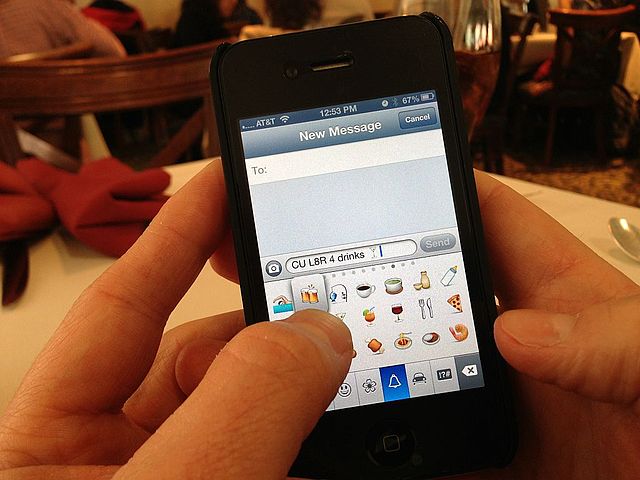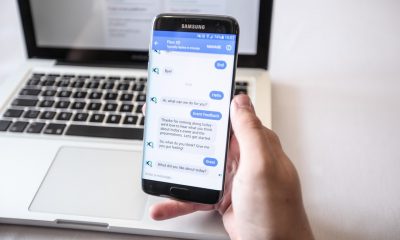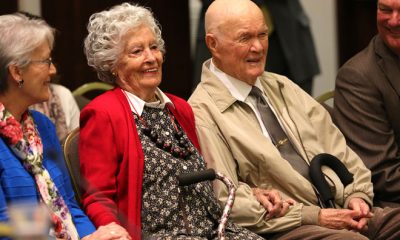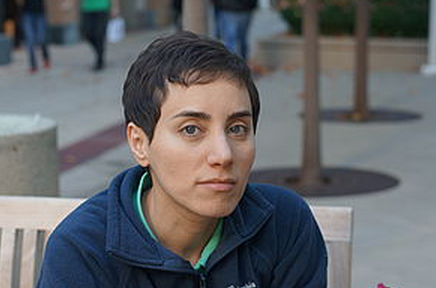
Last week, the development of a French cartoon television series based on the smiley character was announced, along with the introduction of a new app called “Imoji” that allows its users to create customized emoji stickers for smartphones. On July 2, New York Magazine writer Roni Jacobson declared, “The battle is over and the emoticons have won” and what could be perceived as a further affirmation of Jacobson’s claim arrived in the August 2014 issue of Time magazine, as its language feature covers the “emoji boom.”
A history of visual communication
Humans have used images in communication for centuries, and cave drawings, hieroglyphics and coats of arms are considered early examples of pictorial speech. Coats of arms were particularly useful during the Middles Ages, as many Europeans were unable to read and write, and bloodlines and alliances could be quickly ascertained in contexts such as the battlefield. Punctuation marks, which form the most commonly used emoticons today, are also part of humanity’s visual history and, used since the ancient era, they were standardized with the advent of the printing press in the 15th century.
In the 20th century, prior to the invention of the personal computer, comic artists used punctuation and shapes to convey various meanings—a prominent example that often appears in popular media is the jagged-edged speech bubble with an exclamation mark-laden “POW!” Comics, as well as cartoons, also introduced what have since been dubbed “obscenicons,” whereby punctuation marks, such as the hash and dollar symbols, are used to represent profane language.
During the 1980s, computer manufacturers hired designers such as Susan Kare, who created Apple’s early icons, as visual elements were necessary to guide the users of their products. The origin of the emoticon can be traced back to the same decade, as computer scientists at America’s Carnegie Mellon University, in Pittsburgh, Pennsylvania, needed to convey meaning—especially humor—on online discussion boards. Punctuation marks were used to create the first-ever emoticon, the smiley sign that is ubiquitous today, and the frown and wink signs soon followed.
The next stage in the evolution of the emoticon occurred across the Pacific Ocean and was specific to mobile phone technology. Japanese telecommunications professional Shigetaka Kurita saw the potential for images to enhance mobile communication and, using Japanese comics and street signs for inspiration, he developed the world’s first “emoji.” The emoji symbols spread quickly across Japan and are now used in the mammoth amount of text messages that are sent across the world every second of each day.
Intercultural emoticon awareness
Dacher Keltner, a professor of psychology at University of California, Berkeley, explained to Time: “The kind of emoji you send … really tell you something about your personal life and the culture you live in.” Keltner worked with Facebook on the development of its emoticon “stickers,” using 19th-century descriptions from notable naturalist Charles Darwin. In support of Keltner’s statement, the research findings for the Facebook project revealed cultural tendencies in regard to emoticon use.
Jacobson also covers cultural matters and advises readers against becoming an “emoticon tourist,” suggesting that people undertake intercultural research to ensure that they are conveying the correct meaning with their symbols. For example, Indonesians also use vertically oriented emoticons, while emoticons are reversed in Arabic and Hebrew, in accordance with the right-to-left nature of those languages.
The Year of the Emoticon
While 2014 is the Year of the Horse according to Chinese astrology, the number of emoticon-related initiatives that has been identified this year gives credence to an alternative title. In addition to the French cartoon and Imoji app, numerous other projects are ongoing developments:
• The Noun Project aims to create a visual icon for every object and concept known to humanity, including being drunk.
• The people of iConji are creating an image-based language that does not use any words and they hope to bridge all communication barriers on the planet.
• Beyond today’s dominant social media platforms, a British company named Emojli is working on the world’s first social network that consists solely of emojis—again, no words.
For the release of Unicode Version 7.0 in June of this year, nearly 3,000 new characters were added to the Unicode Standard, including emoji characters. The Unicode Consortium that oversees the Standard—which provides a number for every linguistic character known to humankind, regardless of platform, program or language—had already registered approximately 1,500 emoji characters. The number of characters is likely to continue growing as the Year of the Emoticon holds the potential to transform into something even more immense.















Facebook
Twitter
Pinterest
Google+
LinkedIn
Email